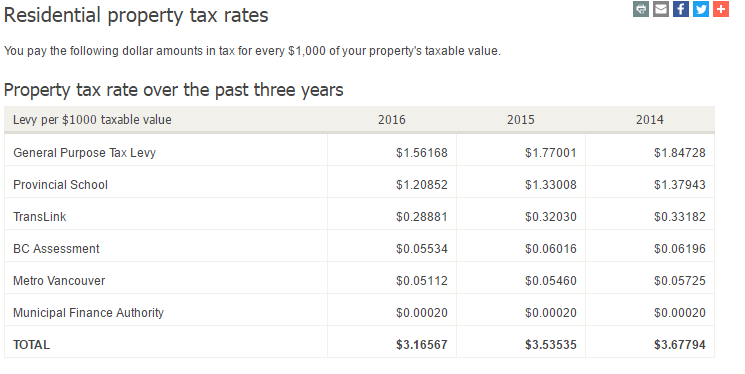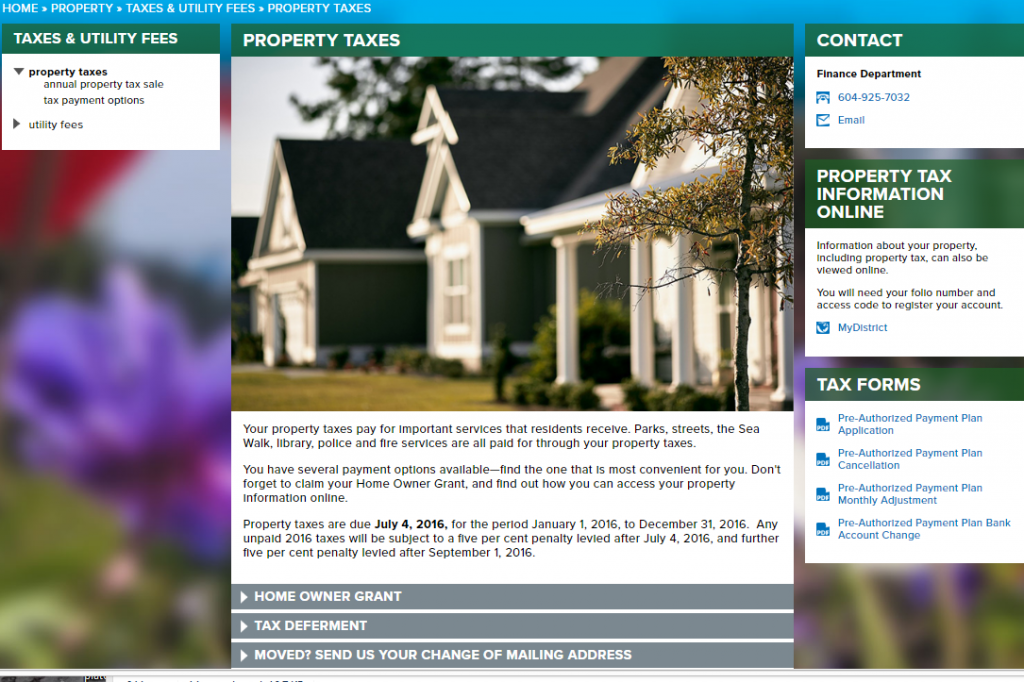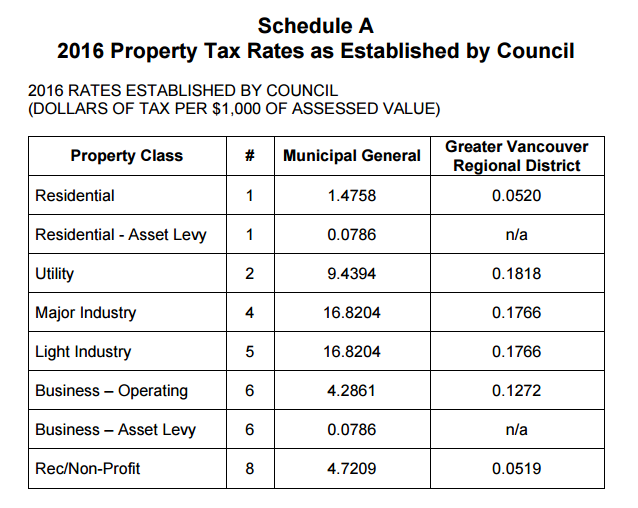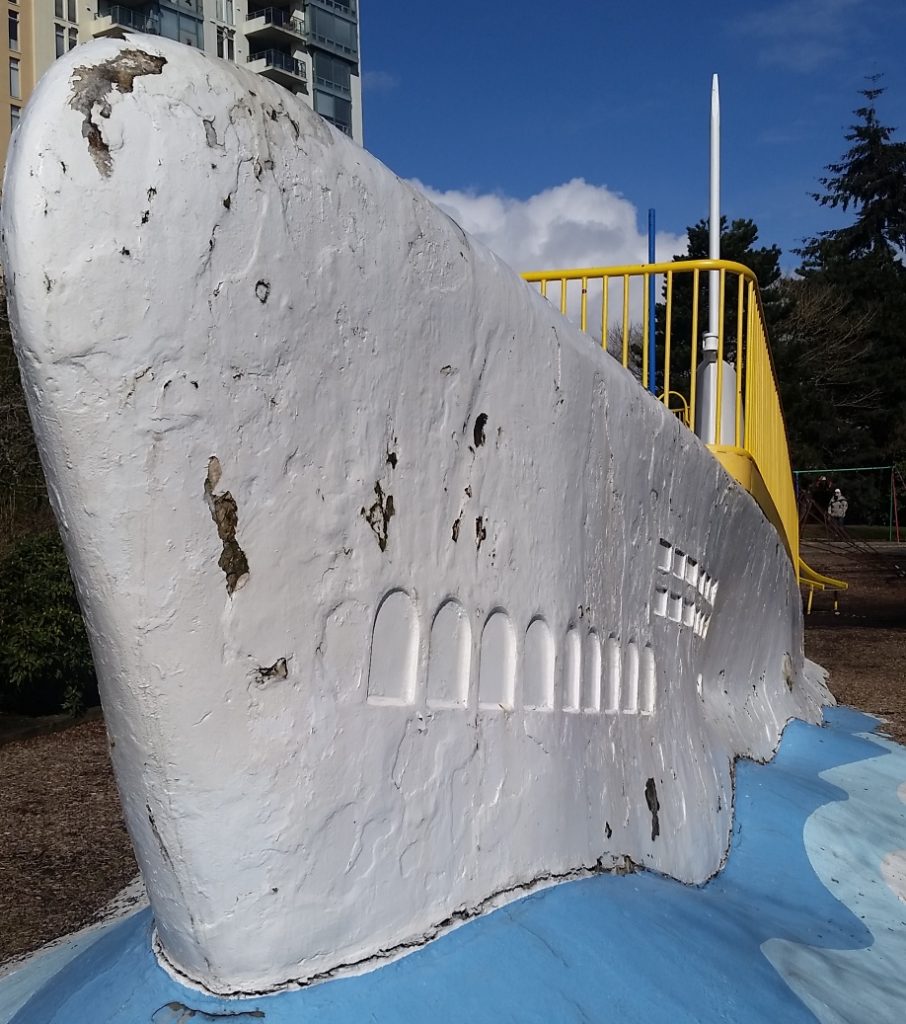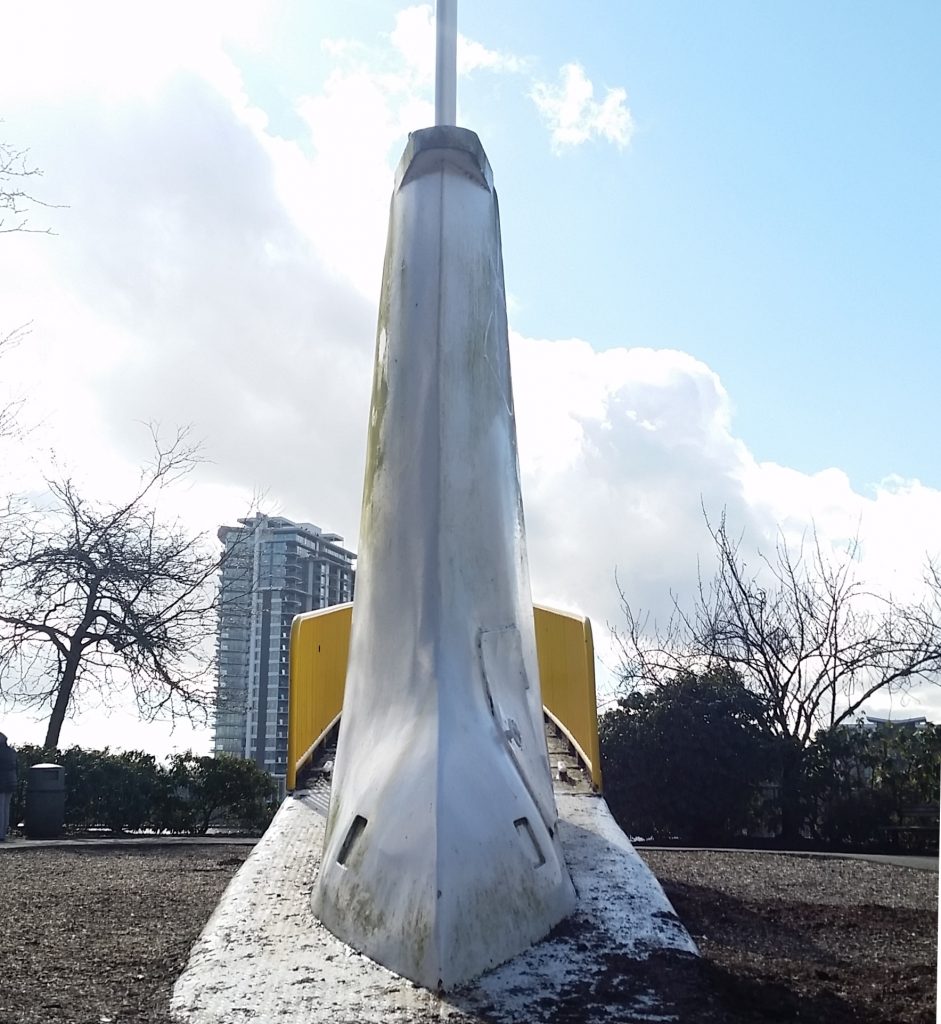Our post-Spring Break council meeting featured a Public Hearing and an interesting afternoon workshop, if you are one of those freaks for whom Council Workshops on infill density guidelines informing Official Community Plans are “interesting” (if they are, you should either go to planning school and get it over with, or watch the video here to get your fix).
The Public Hearing concerned two projects:
260 Twelfth Street Zoning Amendment (Calvary Worship Centre and John Knox School) Bylaw No. 7905, 2017
This project will replace a recently-demolished small church at the corner of 12th street and Third Ave with a larger building to house a private Christian high school. We received a number of submissions in favour of the project (mostly, if not all, parents attached to the school), and a few submissions in opposition.
The project meets the Official Community Plan designation for the site, and the objectives of the Lower 12th Community Plan objectives. The density is a little higher than zoning, but the land use and other aspects of the development are within the intended zoned use. The Advisory Planning Commission and Design Panel approved of the project, and no major concerns were raised by the residents association.
There were some concerns, mostly from adjacent car dealers, about what the project will mean to the number of cars parking and driving in the area (read that sentence again), however the parking and drop off provisions for the school are well within what we should expect for the use, and the School has a pretty aggressive Transportation Demand Management program to get students out of cars. This brought me to suggest that the ACTBiPed might want to review the surrounding bike and pedestrian safety (working with our staff, of course) and make recommendations to Council if there are any changes required to assure the City is doing what it can to promote active transportation by the students.
I’ve said it before, I am no fan of private or religious schools, because I think the potential erosive influence they have on community is greater than the benefits they provide the small portion of the population who are able to use their services, but it isn’t my job as a City Councillor to set provincial education policy. My job in an application like this is to help the community regulate land use through policy. This project meets the stated policies the City has established over a decade or more, so I had no compelling reason to oppose the project.
Council moved to refer the project to Regular Council, where we voted unanimously to give the proposal Third Reading.
43 Hastings Street Zoning Amendment Bylaw (Hastings Street Unzoned Right of Way) No. 7899, 2017
This is a zoning amendment to support apply a zoning designation to an undeveloped piece of road, which will be amalgamated with and adjacent lot to support an affordable housing project. No written submissions were received, but we had one resident come to ask a few questions. As her questions were related more to the housing project (which will go through its own public process), her questions were answered as far as we could at this time, but that is a separate discussion.
Council move to refer to Regular Meeting, where we moved unanimously to adopt the zoning amendment Bylaw.
This brought us to our Regular Meeting, where following the votes on the above projects, we launched into Opportunities to be Heard on three separate variance requests:
43 Hastings Street Road Closure and Dedication Removal Bylaw No. 7898, 2017
This is the actual street closure and dedication of that unopened road to support the affordable housing project above. We received no submissions, written or otherwise, and approved the road closure bylaw.
700 Royal Avenue (Douglas College): Development Variance Permit No. DVP00623 to vary Sign Bylaw requirements
Douglas College wants to modernize the signage on the side of their campus at Royal Ave and 8th Street. The site is a little outside what would typically fit into our Sign Bylaw, so they are asking for a variance to make the sign large enough to be visible and to scale with the wall upon which it will appear. The design is relatively understated (black sans-serif font), and only lighted from wall wash lights.
We received four letters in opposition to this variance, but they strangely didn’t have much to say about Douglas College or the sign itself. They all had a common theme around managing truck traffic on Royal Ave, and I couldn’t find a way to connect their concerns to this sign bylaw variance.
Council moved to approve the variance.
350 Johnston Street: Development Variance Permit No. DVP00621 for Frontage
This is yet another one of those variances related to the rule that a building lot frontage must represent more than 10% of the circumference of the lot – or a rectangular lot can only be 4x as deep as it is wide. For a few spots, typically in Queensborough, the lots are very deep and subdivisions that would normally be fine anywhere else break this rule, necessitating the variance.
We receive no submission for or against this variance, and Council voted to approve it.
We then went into a couple of Reports for Action:
813 Carnarvon Street: Rezoning to Allow a 245 Unit Residential development – Preliminary Report
This is a preliminary report for a proposed development downtown which has yet to go to public consultation, panel reviews, etc., and will end up at a Public Hearing, so I am holding off much commenting on the design or scale of the project for now. The amenity they wish to build (non-market secured rental for retired artists from the performance arts community) is interesting.
Ultimately, we were asked to provide some preliminary guidance to staff towards areas not well defined by existing policy – whether Family Friendly Housing criteria should be applied to all housing, including non-market secured rental provided as an amenity (I argued yes, it should), and how we determine what the amenity value of extra density is on this site. Kinda inside baseball, but rather important as a precedent for how we manage these projects in the future.
This project will be going out to public consultation, watch for an Open House near you!
2017 City Partnership Grant – Appeal from Rivershed Society of BC
The Rivershead Society have an annual event on the waterfront in September, coinciding with their AGM. They applied for a grant and were turned down by our Partnership Review Panel as they had used up all of their budget and this project was not placed high enough in the priority list. They appealed to Council, and we voted (in a split vote, me against) to fund them anyway.
The following items were moved On Consent:
518 Ewen Avenue: Proposed Rezoning from (C-1) to (RQ-1) to Permit Construction of a Single Detached Dwelling – Updated Application for Consideration of Public Hearing
This rezoning request to permit a single family home in Queensborough has been through a long process, and is now off to a Public Hearing in April. I will hold off further comments until then.
1002, 1012, 1016 and 1020 Auckland Street: Rezoning from Light Industrial Mixed Use Districts (M-5) to Comprehensive Development Districts (1002 Auckland Street) (CD-69) – Bylaw for Consideration of First and Second Readings
This rezoning to support a mutli-family development on the steep part of the Brow of the Hill is also going to a Public Hearing in April, so I will hold off comments until then.
Inclusion BC letter received February 17, 2017 regarding the first ever Disability Pride celebration and parade and requesting a contribution
Inclusion BC is based in New Westminster, and is working on a project to bring attention to access issues across BC. Council referred this request for funding to staff.
The following items were Removed from Consent for discussion:
330 East Columbia Street (Royal Columbian Hospital) Development Variance Permit No. DVP00624 – Consideration of Issuance
The expansion of RCH is going to result in a lot of permitting and other requirements from the City. We have every reason to help facilitate this, as RCH is out largest employer and a significant part of our long-term planning for Sapperton, but we also have to assure we do proper reviews of the permits and plans to assure community interest is protected.
This DVP will support the design of the first building in the RCH expansion by allowing two small intrusions into setback areas on the west and north sides of the building. The intrusions are small, and integral to the design of the building, so I don’t think there is a large concern here.
I have some concerns about the Brunette Ave side of the building, as we have received two views of what that facia will look like – both contradictory. It will wither be a treed boulevard with sidewalk, or a parking spot for trucks dropping occasional fuel deliveries to the Hospital. I’m curious how these two uses are considered compatible – removable trees?
328 Second Street: Heritage Alteration Permit No. 084 to Build a New House in Queen’s Park – Consideration of Issuance
The HCA process is proceeding in Queens Park, and we are still operating under the temporary Heritage Conservation Period. We have turned down a couple of demolition permits (and have supported a couple), but the Heritage Protection measures also include guidelines to assure new builds are complimentary to the heritage landscape of the neighbourhood. This is the first application we have had that is testing the limits to how those guidelines will be tested.
The house is generally complimentary to heritage character in its massing and form, but the Technical Review Panel and staff expressed concern about the design having two garage doors facing the street, which is not typical of the street or of the Craftsman style, and has implications for the boulevard and street trees that are not in conformance with the existing standards for Second Street.
Council voted unanimously (Mayor Cote recused) to support the staff recommendation that the HAP not be supported, meaning that the architect will need to work with staff to adapt the design to better fit the guidelines.
Walk New West Initiative
The City is working with a residents group called The Walkers Caucus to promote walking in April and May – leading up to Jane’s Walks. One initiative is walkers challenge, where teams will keep track of their steps and miles walked and compete for some fun prizes and bragging rights.
I challenged the members of ACTBiPed to start a team, and it filled so fast I was not able to join a team, so I instead decided to put together a team of Council members – and we will set as our goal, more steps than the ACTBiPed!
If you have a community group, business, not-for-profit, neighbourhood or group of friends who might want to get a little fitter and set some goals for walking in the City, with a chance to get some prizes and motivation, you should sign up here!
12 K de K Court Boulevard Trees
Council Watchers may remember a group came to ask that the City trees on a stretch of the Quayside boardwalk be removed and replaced with smaller trees, as the trees that are currently there are much larger than anticipated when they were put in a decade ago.
I cannot support removing trees to protect views, at a philosophical level. It is 2017, and we have a newly adopted Urban Forest Management Strategy. There may have been some decisions made in the past by staff or council that need to be reviewed in light of this new era – we have not had the time to create new policies and directions for staff under the UFMS, but I can assure you “not cutting trees down to protect resident views” is one of those policies that will be seen as a reasonable response to a strategy designed to reduce the loss of trees.
I’m glad that staff has found a pruning solution that may keep trees closer to the scale that was originally envisioned to meet the aesthetic values of the neighbourhood, without threatening the health of the trees themselves or the cost and risk of relocation.
Finally, we launched into the always-popular Bylaws part of the meeting:
Zoning Amendment (1002 Auckland Street) Bylaw No. 7907, 2017
This zoning amendment to support the multi-family development in the Brow of the Hill was given two readings. This project will be going to public hearing on April 24. C’mon out and tell us what you think.
Heritage Revitalization Agreement (720 Second Street) Bylaw No. 7887, 2017
Council resolved to exempt the new parcels created from 720 Second Street from the statutory minimum frontage requirements set out in section 512 of the Local Government Act (that is, their frontage will be less than 105% of their circumference)
Heritage Revitalization Agreement (720 Second Street) Bylaw No. 7887, 2017 & Heritage Designation (720 Second Street) Bylaw No. 7888, 2017
This Bylaw to permit the subdivision of a lot in Glenbrook North to support the restoration of a commercial building and building of a new house as was discussed a the Public Hearing on February 20, is now adopted. It’s the Law of the Land.
Housing Agreement (295 Francis Way – Affordable Non-Market) Amendment Bylaw No. 7910, 2017 & Housing Agreement (295 Francis Way – Market Rental) Bylaw No. 7909, 2017
These agreements to support secured market and secured non-market rental use for a multi-family development in Victoria Hill, as discussed at the March 6th Council meeting, were Adopted. They are no the law of the land.
Subdivision Control Amendment Bylaw No. 7908, 2017
This Bylaw update that regulates lighting design standards for the City was Adopted. Justice (and pedestrians) should no longer be blind.
And with that we wrapped.
